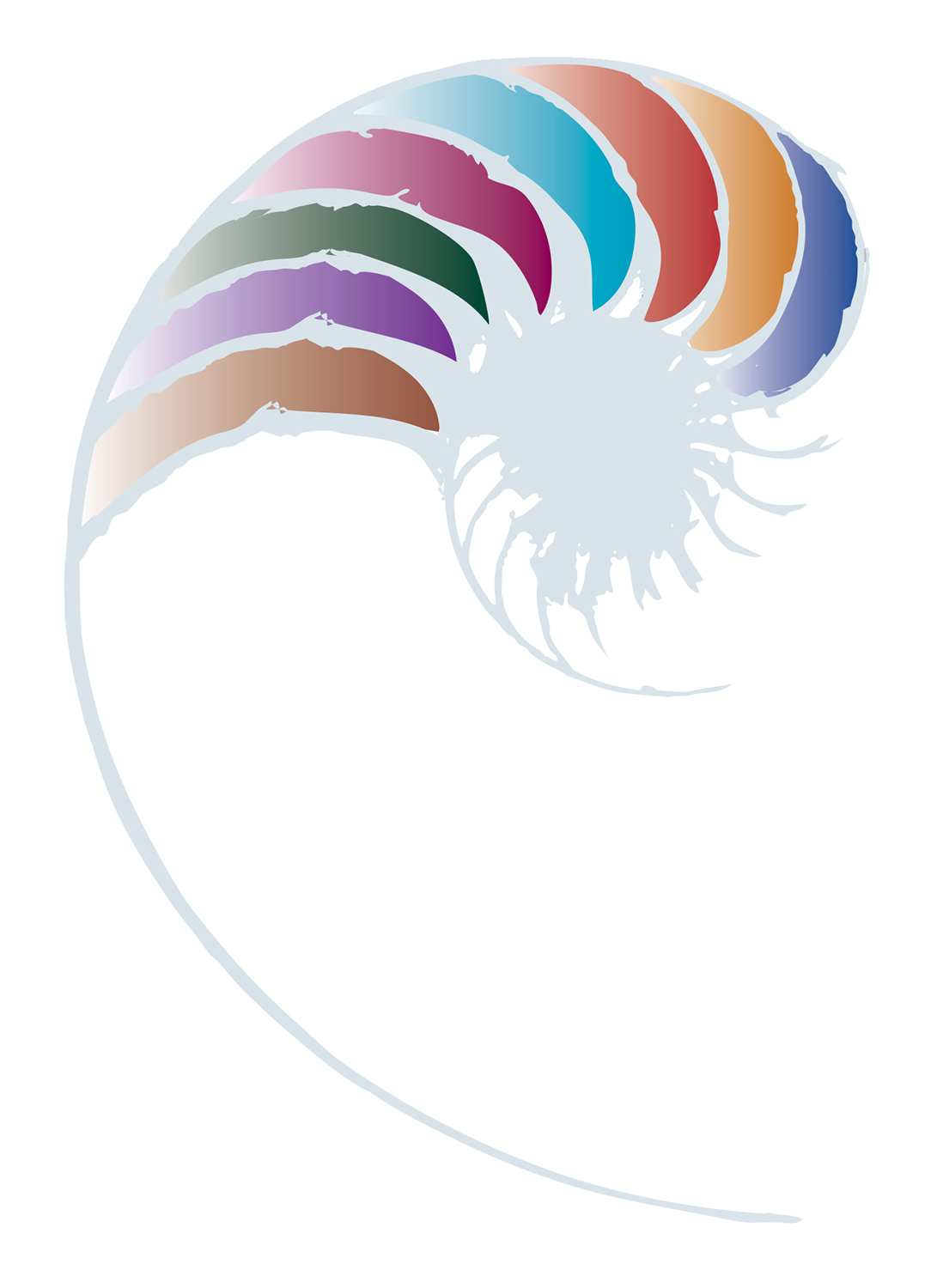Ngā ariā wheako
Working theories
Learn how generating and refining working theories is the way that tamariki begin to make sense of the natural, social, and physical world.

Ka Pu te Ruha – Ka Hao te Rangatahi
When the old net is cast aside, the new net goes fishing.
As human beings with the capacity for thought and action, we carry with us working theories that shape and influence the way we interact, choose, problem solve, avoid danger, and see ourselves in relation to others.
Working theories evolve over time. This happens as experiences and interactions challenge our existing ideas and assumptions. It is through this process that new ways to respond and make meaning are learned. This whakataukī refers to casting old ideas aside as new working theories evolve.
- What working theories are
- Why the development of working theories matters
- Supporting the development of working theories
- Stories of practice
“Working theories are the evolving ideas and understandings that children develop as they use their existing knowledge to try to make sense of new experiences. Children are most likely to generate and refine working theories in learning environments where uncertainty is valued, inquiry is modelled, and making meaning is the goal.“ (Te Whariki p. 23)
Tamariki explore working theories about what is important for them. This is not always an individual process. The skills and knowledge that reside in elders, families, and communities provide the foundation for some children’s independent explorations.
It is the adult’s role to listen, notice, and recognise when it is happening to support the child’s thinking. In Te Whāriki the related learning outcome is explained as follows:
"Over time and with guidance and encouragement, children will become increasingly capable of making sense of their worlds by generating and refining working theories | te rangahau me te mātauranga.” (Te Whariki p. 47)
Theories are developed through sustained shared thinking with an adult or peer.
Children’s working theories about identity, language, and culture
This collaborative study describes ways a group of teachers nurtured and encouraged children’s working theories on identity, language, and culture, and the impact of doing this on children’s participation.
Inquiring minds, meaningful responses: Children’s interests, inquiries, and working theories
This research report looks at how teachers might usefully "notice, recognise, respond to, record, and revisit" children’s interests and working theories. The project focused particularly on interests, working theories, activities, and events linked to children’s families, communities, and cultures.
Working theories for making sense of the natural, social, physical, and material worlds
At the bottom of this page of Kei Tua o Te Pae Assessment for Learning: Early Childhood Exemplars are five examples, highlighting children’s working theories and kaiako, parent/whānau responses to these.
Moments of wonder, everyday events: Children’s working theories in action
This two-year research project explored children’s working theories in action. The authors, Keryn Davis and Sally Peters, looked at the ways young children expressed their working theories and how these were understood and fostered in Playcentre environments. The findings show ways that children express and develop working theories, how practitioners understand these, and how best to respond to this learning.
Working theories blog – Helen Hedges
Helen Hedges has researched and published widely on working theories. Her blog is informed by this work and includes links to further literature.
About this resource
This page looks at what ngā ariā wheako (working theories) are, why they matter, and what supporting their development looks like in practice. Along with this are stories of practice (kaiako experiences in the field) and other resource suggestions to explore.











